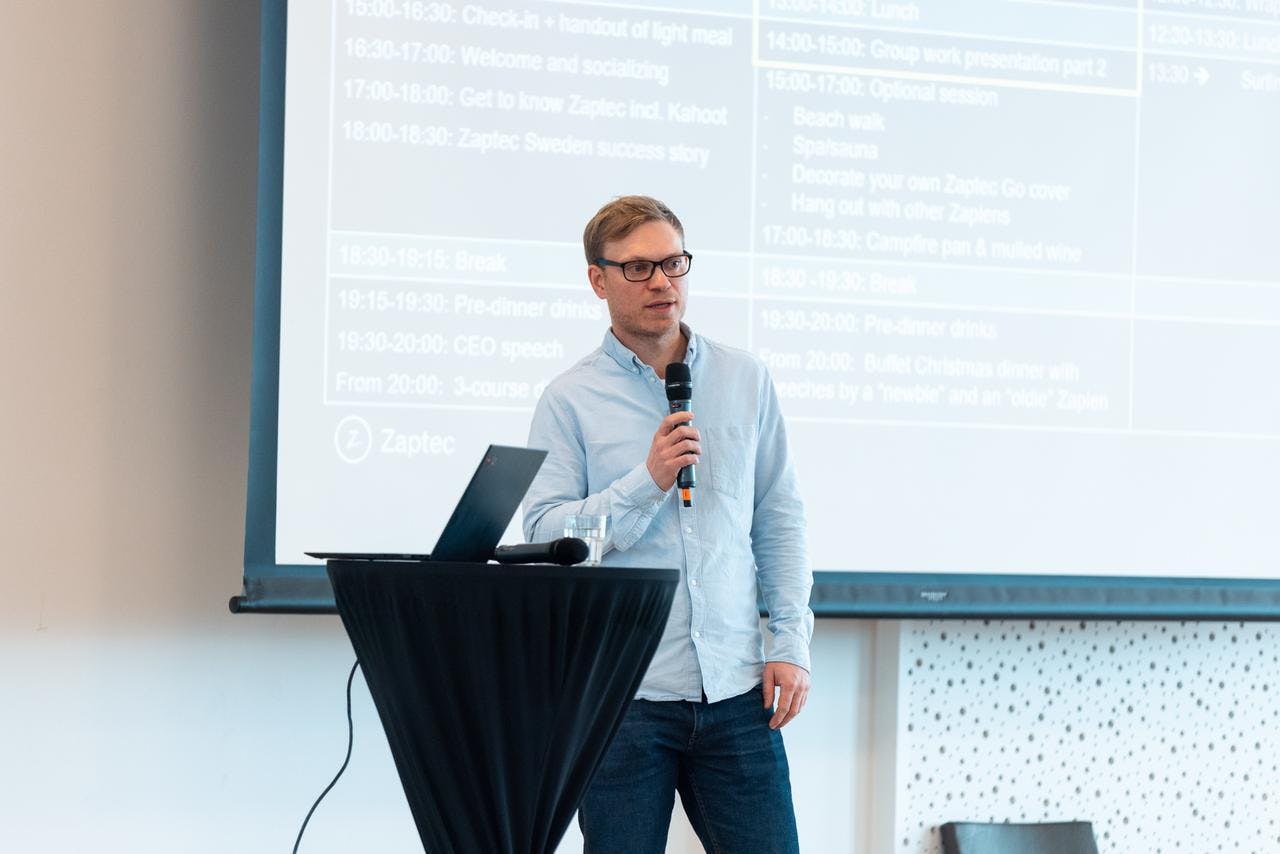By: Eirik Fjellså Hærem, Chief of Corporate Development & M&A
So why the go-slow zone?
The pandemic caused a bottleneck in supply of semiconductors (2) which slowed down the overall production and sales of new cars. And even though the market saw its fifteenth consecutive month of growth in October (3), sales are still only trailing pre-pandemic levels (4).
Due to higher interest rates, inflation and increased cost of goods, consumer confidence and spending has been declining – a poor fit with ambitious sales targets. More vehicles have been brough to market than demand, forcing prices down and hitting profit margins hard causing many automakers to suspend production of popular models like the VW ID.3 (5, 6).
But, according to Reuters, declining consumer confidence and economic uncertainty is not alone behind the slow growth (7). They argue that drivers are unconvinced current electric cars meet their needs and instead decide to wait for better and cheaper models that will hit the road a few years down the line. Many assume technology will improve so rapidly their EVs will depreciate faster. Instead, many opt for a hybrid electric (HEV) which feels like a safer bet – a sentiment reflected in the current data from ACEA that shows HEVs at nearly 29% market share (8).
Apples and oranges
Indeed, limited choice for entry-level vehicles, residual value, battery longevity, the lack of investment in charging infrastructure and reduced incentives in large markets like Germany (9) all seem to be factors that keep drivers holding on to their wallets. And some myths seem to die hard; most people still believe an EV works in the same way as an ICE vehicle and will eventually leave you stranded on the side of the road if you are stuck in a traffic jam in the middle of winter. The fact is they only spend a bare minimum of energy and most of that will be to keep you toasty and warm while listening to your favorite music. An EV is more comparable to your smartphone or tablet than a standard ICE vehicle, with a motor that is more efficient than its fossil fuel counterpart, requires less repair and maintenance during its lifetime and even has the potential to store energy.
A bump in the road?
So, what does the future hold? Have EV sales come to a permanent halt or is this just another bump in the road?
According to Forbes, forecasters like Schmidt Automotive Research had already predicted a plateau in 2024 and expect a strong resumption in sales between 2025 and 2030 (10).
The European Central Bank (ECB) recently issued a statement declaring the current key ECB interest rates at levels that, if maintained for a sufficient amount of time, will ensure inflation returns to its 2% target (11). In other words, peak interest rates may well have been reached.
According to ECB’s Consumer Expectations Survey, consumers have a measured outlook on the future with expectations for nominal spending slightly increased (12).
It’s also interesting to note that during the decade it took Norway to become the European country with the highest percentage sales of new BEVs, many industry leaders spoke of plateauing sales. The country faced many of the same roadblocks as some of its fellow European countries are now, with fast-chargers, public chargers and at-home chargers for people living in apartments being one of the major issues. The solution was government incentives and policies that helped sales move on from early adopters to the majority demographic.
So, what’s the key takeaway?
Keep calm and drive electric.
